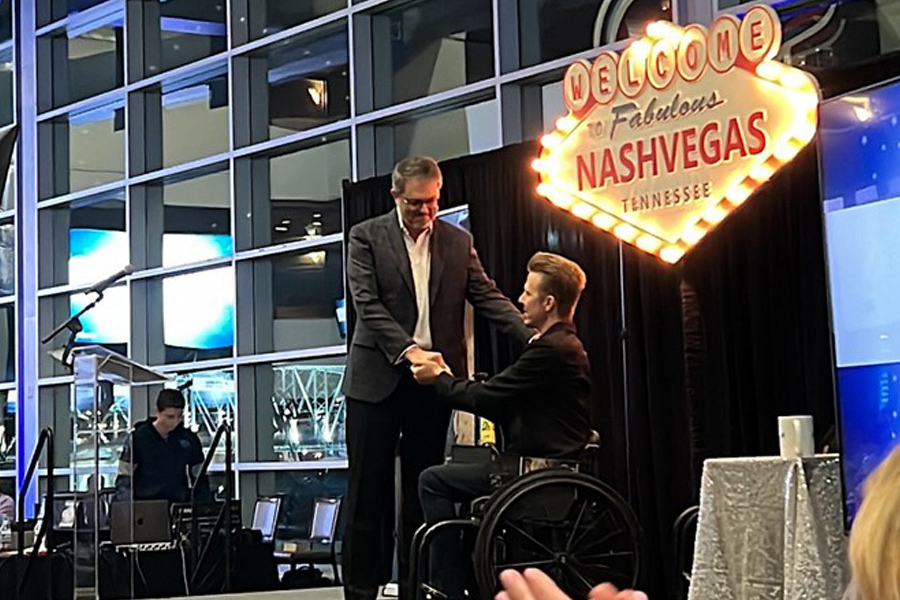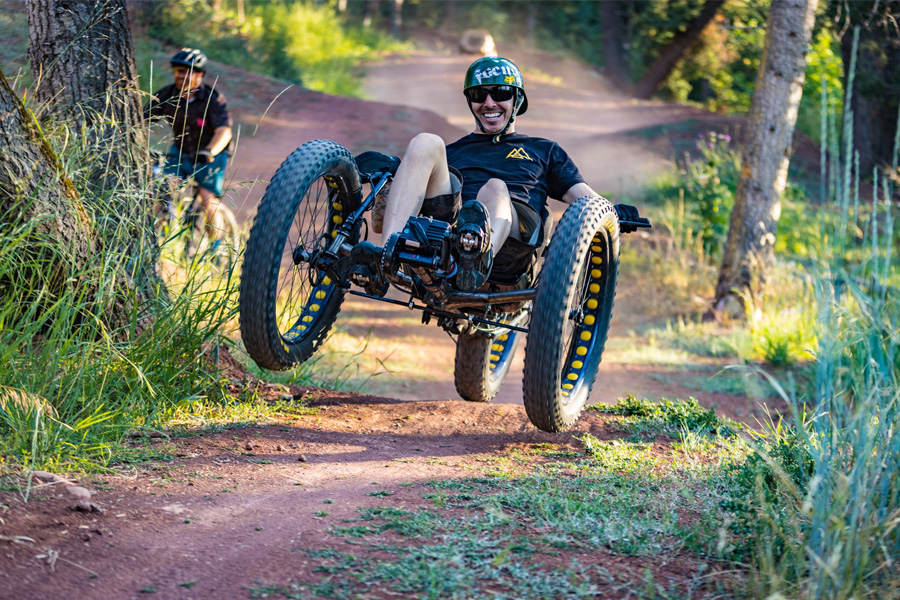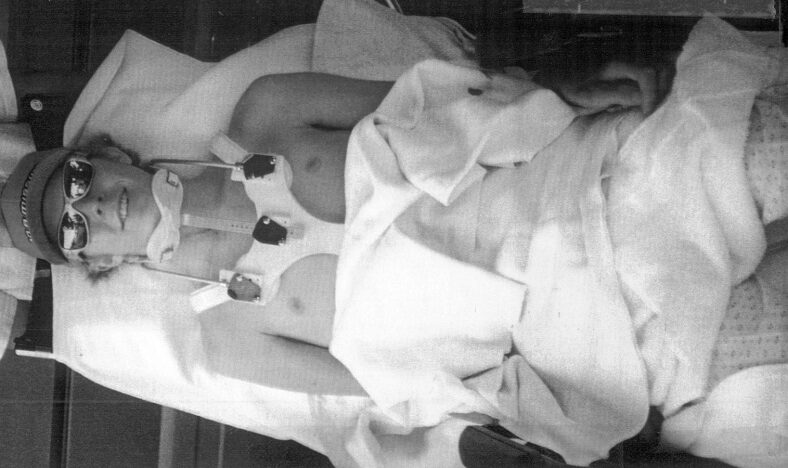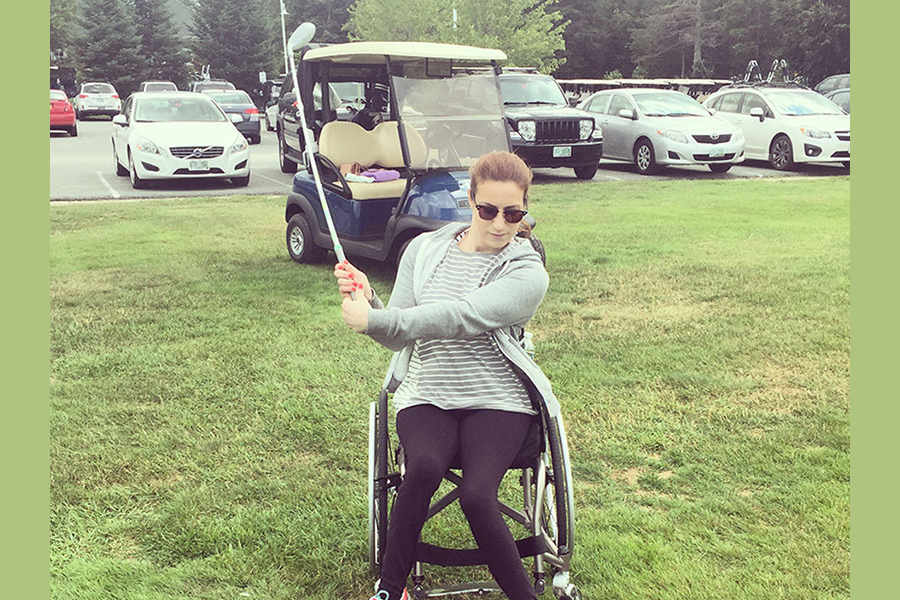Today we are fortunate to live in a world beyond the “one size fits all” era of wheelchair technology. It was not all that long ago that when a person was discharged from the hospital they would be sent home in an antiquated clunker, the manual wheelchairs that were made from heavy steel, plastics and/or leathers which needed to be pushed around from behind by a caregiver, further hindering a person’s independence and enhancing their insecure sense of disability. Now, those old-school days are behind us, because the futuristic wheelchairs of tomorrow are available today. These new chairs are made from the lightest alloys and composites, with an endless variety of bolt-on accessories that makes for a highly individualized, custom experience for the user. Even for a high level quadriplegic, the electronic wheelchair options of today are as advanced as the automotive industry and in some cases the chair technology is pushing the car industry forward.
My Wheelchairs
Three months into my new life as a recovering quadriplegic and an inpatient in the rehab hospital, my hallway chariot was an iron-clad, leather bound behemoth I called “The Sled.” With its heavy plastic wheels and solid rubber tires, the steel-framed chair resembled, in my mind, more of a wheelbarrow rather than a wheelchair. Of course this was a necessity for my level of injury at the time, but it was far from functional for me to use independently. As a part of my physical therapy regime, my first attempt at using a manual wheelchair on my own was less than successful. I was reluctantly belted in at the waist and chest, my feet were strapped to the footplate, my knees were held together with Velcro and my fingers taped into the palm of my hands for grip. Needless to say, I did not make it very far … in total, about three frustrating feet. An electric, motorized wheelchair was much better suited for my needs at that time.
The Right Fit
As in life, the shoe has to fit before you wear it,
so is the process of wheelchair fitting.
Still angry with my plight in life as a newly injured wheelchair user, I was uninterested in the wheelchair company representative and the discussion about his process of specific measurements needed to build a frame to properly fit my body. Inevitably he used only what little feedback I may, or may not, have provided, making his measurements and designs very basic and general. What came of this was “The Station Wagon” of wheelchairs: a wide-body, boring design that rolled but hardly performed.
Looking back, knowing now the importance of proper body positioning, cushion selection and balanced ergonomics, I wish I would have been more engaged in that process … it would have saved me from a lot of physical pain, suffering and expense caused by improper size and fit.
Today however, my wheelchairs are the latest in design and technology and although I can walk with a cane, I often tell people I use my wheelchair for time, energy and risk management. It’s my custom vehicle to get me from place to place, fast and safe. My current chairs are lightweight, adjustable and stylish, built with my specific input, for my specific wants and needs. I use both a manual wheelchair for short distances and an electric scooter for longer, all-day adventures.
Coming from a background of professional Motorsports and being a wheelchair user for the past seventeen years, I can appreciate a well-designed, finely-tuned machine that is built around the user and supports their efforts. A machine is purpose-built to take man higher, faster, further … so too is the wheelchair.
Best in Health,
-Aaron
Continue to parts two and three:
- Wheelchairs – Not Your Grandfather’s Chair (Part 2 of 3)
- Wheelchairs – Not Your Grandfather’s Chair (Part 3 of 3)






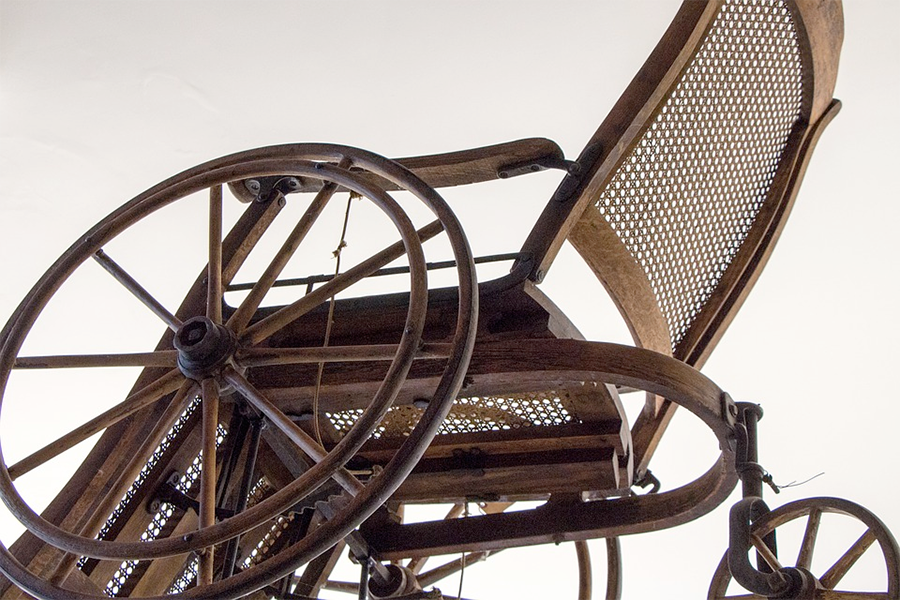
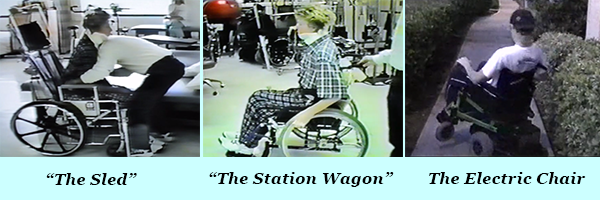
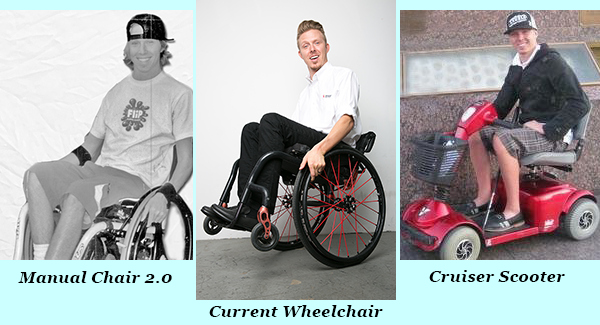


 I have been paralyzed from the waist down since 2013. I’ve been steadily gaining weight since then, and I’m starting to get self-conscious about it, especially since people already stare at me in my wheelchair. What are some exercises, things I can do to help me lose this extra weight?
I have been paralyzed from the waist down since 2013. I’ve been steadily gaining weight since then, and I’m starting to get self-conscious about it, especially since people already stare at me in my wheelchair. What are some exercises, things I can do to help me lose this extra weight?